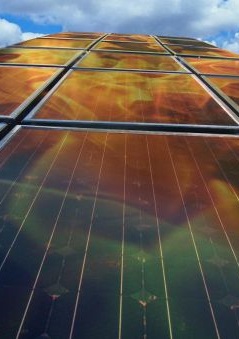Solar ingredients tested
 Australian engineers are working on new ingredients for stable, efficient and scalable perovskite solar cells.
Australian engineers are working on new ingredients for stable, efficient and scalable perovskite solar cells.
The new year brings new tests of the next generation of solar power.
Members of Exciton Science, based at Monash University, have created perovskite solar cells with 21 per cent efficiency - the best results ever recorded for a device made from a non-halide lead source.
In fact, a mini prototype solar panel featuring these cells has achieved 18.8 per cent efficiency - another significant milestone.
Interestingly, the large-area perovskite layer was fabricated in ambient atmosphere and made via a single-step blade coating, demonstrating its potential viability for industrial-scale manufacturing.
Tests so far show the panels can continue to function with no efficiency loss after 3,300 hours running at 65°C.
“The vast majority of perovskite solar cell research uses lead halides, particularly lead iodide,” says Monash researcher Dr Wenxin Mao.
“The lead iodide needs to be 99.99 per cent pure and it’s very expensive to synthesise cells using lead iodide.
“We’re the first group to make highly stable formamidinium-cesium perovskite solar cells using lead acetate rather than lead iodide.
“We have provided the entire research community a second way to make high-quality perovskite solar cells.”
The results have been published in the journal Energy and Environmental Science and are available here.







 Print
Print